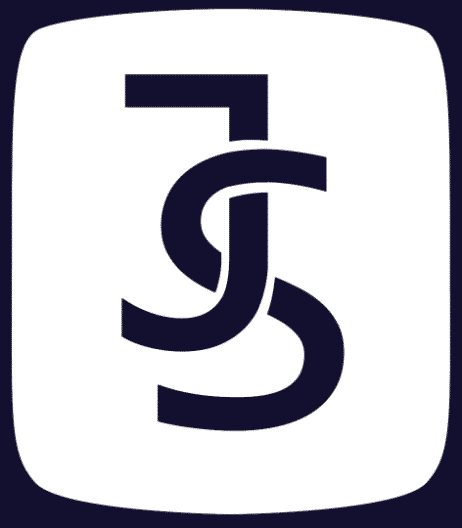STORYBOARDS
Storyboard illustrator with 25 years international experience.
In my storyboards I illustrate people, environments, situations, beauty, products, lights and characters. I mainly illustrate people, beauty, food, environments, cars, situations, light and characters. I always make sure I understand the essence of your film and the actual core of what you want to communicate. The goal of my storyboards is to convince your clients.
Storyboards are a key component in the planning of film and animation projects. As an experienced storyboard artist, I offer visual solutions to help you structure your ideas and create a clear foundation for your project. A well-crafted storyboard not only facilitates production but also serves as an invaluable communication tool between different teams and stakeholders.
Whether you need simple sketches or more elaborate illustrations, I customise each storyboard to your needs. Hiring a professional storyboard illustrator ensures that your ideas are clear and take the right visual form.
I have extensive experience in creating storyboards. With a storyboard artist on your project, you can rest assured that every step is clearly planned and easy to follow.
Please contact me to discuss how I can help you with your storyboards and ensure your project reaches its full potential. It doesn’t matter if you are in Malmö, Gothenburg or Stockholm.
